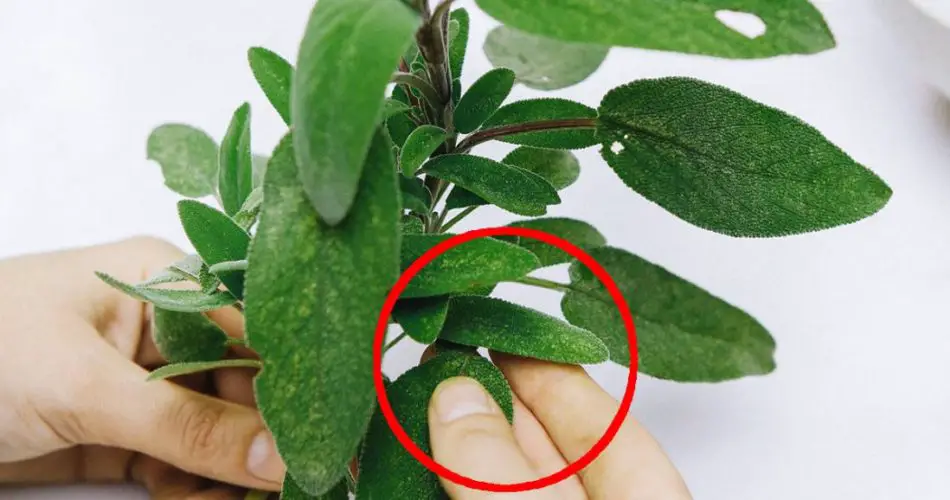Introduction:
Sage, an aromatic herb with numerous virtues, is renowned not only for its culinary uses but also for its medicinal and ornamental properties. Its surprising versatility offers multiple ways to benefit in the kitchen, health care, and even gardening.
In this article, we’ll explore all the wonderful possibilities that a single sage plant can offer.
- Culinary Uses:
Sage is a widely used culinary herb known for its bold and aromatic flavor. Here are some ways to make the most of it in your kitchen:
- Seasoning for Dishes: Fresh or dried sage leaves can be added to soups, stews, sauces, risottos, and meat dishes to impart a unique and appetizing flavor.
- Herbal Teas and Infusions: Sage leaves can be used to prepare herbal teas or infusions. Simply pour boiling water over a few fresh sage leaves and let them steep for a fragrant and refreshing beverage.
- Flavored Oils: Infuse sage leaves in olive oil or other oils to create flavored oils for use in salads, pasta, or grilled dishes, adding a special touch to your meals.
- Health Benefits:
Sage is known for its medicinal properties and health benefits. Here are some ways you can use it to enhance well-being:
- Digestion: Sage is recognized for alleviating digestive disorders such as bloating and indigestion. Prepare sage tea and drink it after meals to improve digestion.
- Stress Reduction: The aroma of sage can have calming effects, helping to reduce stress and anxiety. Use it in aromatherapy or as a tea to enjoy these benefits.
- Antibacterial and Anti-inflammatory: Sage contains compounds with antibacterial and anti-inflammatory properties that can help combat infections and inflammation in the body.
- Gardening:
Sage is also an ornamental plant that can enrich your garden. Here’s how you can utilize it in gardening:
- Ornamental Plant: Sage produces vibrant-colored flowers that can add beauty and color to your garden. Plant it in flower beds or pots.
- Attraction for Bees and Butterflies: Sage plants attract bees and butterflies, contributing to biodiversity in your garden and promoting pollination.
- Repellent Action: Sage also has repellent properties against some insects, such as mosquitoes and flies. Planting it around the garden can help keep unwanted insects at bay.
Conclusion:
In conclusion, the sage plant is truly a versatile gem that offers a wide range of culinary uses, health benefits, and applications in gardening.
With just a single sage plant, you can enrich your kitchen, improve your well-being, and create a more vibrant and inviting garden. Do not underestimate the power of this wonderful plant passed down through Grandma’s wisdom.
